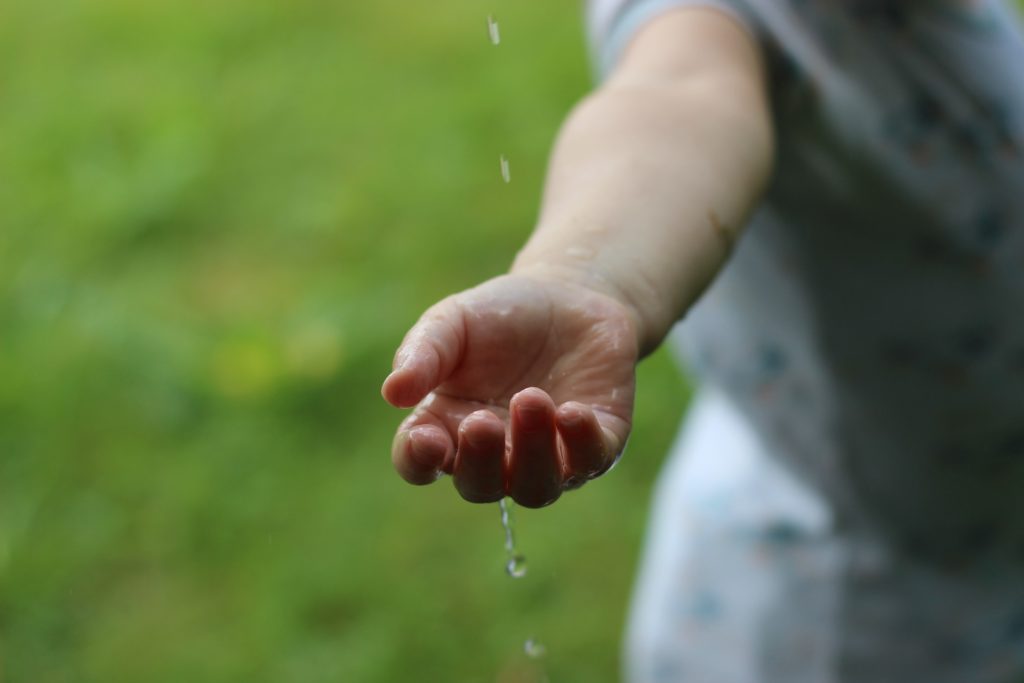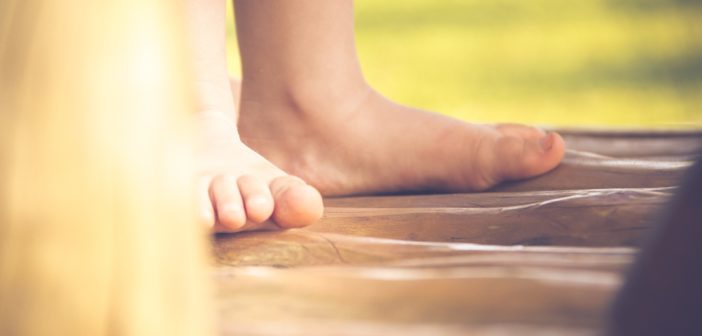Warts have a long held stigma thanks to fairytales about witches and old wives tales about touching toads. This can mean when your child has a wart it can be very embarrassing or even distressing for them. Let’s knock a few of those warty misconceptions on the head right now.
What are warts?
Harmless skin growths, warts are actually caused by a virus. The group of viruses that cause warts is called human papillomavirus (HPV). There are many different types of wart virus which are usually transmitted by skin-to-skin contact or by touching a surface that has come into contact with a wart such as a towel or floor of public change rooms.
Not all people will catch warts when coming in contact with a strain of the virus as everyone has varying levels of immunity.
Warts appear gradually over time and usually are not painful.
Some types of warts common in children include:
Common warts – occur anywhere but most commonly on fingers, hands, knees and elbows. May appear pink, grey or flesh coloured with a dome shape. They have a rough surface, possibly with little black dots.
Plane or flat warts – sometimes also known as juvenille warts as they are more common in children. These are small and flat in appearance, some as small as a pinhead. They grow in clusters, often appearing on the hands or face.
Plantar warts – grow on the soles of feet and usually have a flat appearance. These type of warts can be uncomfortable or painful to walk on.
It’s important to note that genital warts are caused by a different type of HPV than normal skin warts. The viruses that cause skin warts are not associated with cancer risk, while sexually transmitted HPV is.

Treatment
Treatment usually depends on the type of wart. Most warts will go away by themselves over time, while others may require further treatment. Your GP can recommend what is the most appropriate treatment, which may include one of the following:
- Over the counter treatment – available at pharmacies, these can include ointments or paints that peel away the layers of skin. These require repeated use and can take months to work. Always specify to your pharmacist that treatment is for a child to get the most appropriate product.
- Liquid nitrogen freezing – this can be done by your GP and is more effective for some warts than others.
- Prescription medication
- Referral to a paediatric dermatologists for problematic cases
It’s important to see medical advice if your child’s warts are painful or look infected.
Prevention
As the HPV virus is contagious it is important not to pick at or scratch at warts as your can spread them to other people or even to other areas of the body of an infected person. Covering warts with a sports tape or waterproof bandage is the best approach. Always wear shoes in public changes rooms and don’t share personal items such as towels.

